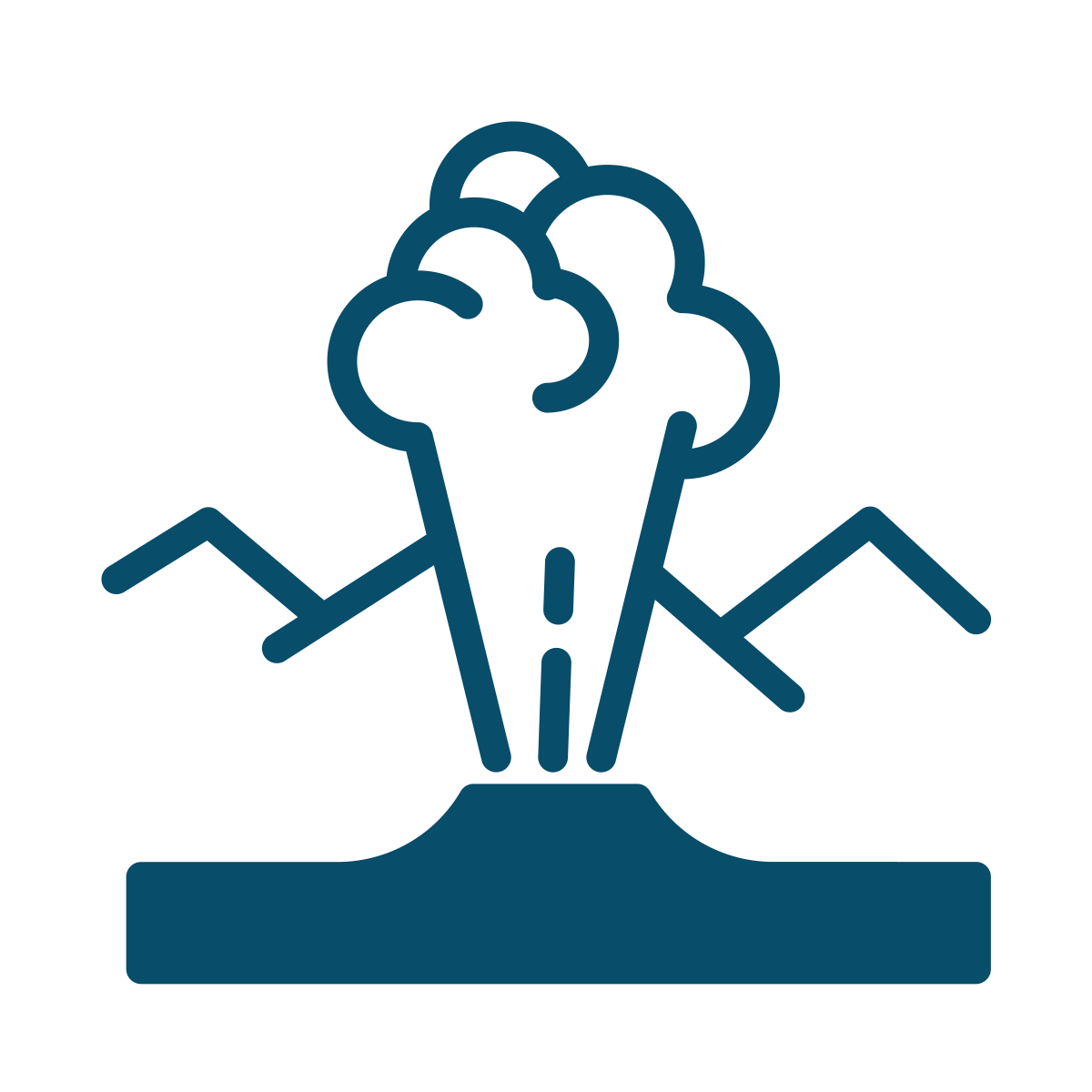My phone gets weather alerts when a storm looms, but no such alert warns me of menopausal angst closing in, when rage will roil in me like waves in a stormy fray. Luckily, my rages are hours-long usually, dusk-to-dawn on a bad day.
That’s the good news. The bad news is that I’m a 48-year-old woman at peak menopause in the middle of a global pandemic. No one’s mistaking me for a Sunshine Girl anytime soon.
Luckily, it’s menopausal rage, not homicidal rage, so I’ve just made mortal enemies, rather than ratcheting up a body count.
Menopausal Rage is Not a Joke
Raise your hands if anyone’s ever suggested you take a Midol because you had a “mood.”
We all joke about it, but it’s no laugh-a-thon. Even if just for an hour or two, rage has consequences.
A recent day of rage for me simply started off badly and got worse from there. Nothing dire happened, but unwarranted rage is exhausting. With that exhaustion often comes poor, rash decision-making, and with bad decisions come those consequences we seldom fully anticipate.
On that day-of-rage night, an email came from an organization for whom I’d conducted a paid speaking engagement. With an invoice already weeks overdue, I wouldn’t be paid for another six weeks — after the Christmas holidays — because of staffing issues.
Nothing throws gasoline on rage like the sense of being wronged. Naturally, I felt the ideal time to reply was at 9 p.m. after a long day of irrational rage, instead of sleeping fretfully on it for a night and then replying post-coffee.
So that, readers, is how I came to use words like “unprofessional” and “bad faith” in replying to the president of that national organization. On “reply all,” of course.
Actions Have Consequences: Menopause Edition
While I was right, and it was all true, my reply was foolish. Professionally, blurting out reactions borne of indignation and rage is not a success stepping-stone.
I’m a self-employed freelancer. One such slip could cost me thousands in billables in a year — months of rent.
But I’m single, kid-free. What about women who work, have kids, a husband, and other life complications dogpiling onto already maxed-out hormones? Those added stressors add far more fuel to the rage machine, with more innocent bystanders getting hurt by those outbursts. It’s taken me 22 years after my mother’s death to understand what caused her rage had less to do with me than it did biochemistry. I wish I knew that 25 years ago. How many relationships become damaged by these momentary hormonal snaps? How many careers have ended early because women can’t cope with their ever-increasing tumult of irritability, angst, and anxiety? How many lives do the ripples of anger, rage, and blame affect?
And when the ripples end, you’re left with the psychic hangover of realizing you were the worst version of yourself, and you remember how unfairly you behaved, the things you said. You’re sorry, of course you’re sorry. But after a while, apologies ring hollow for those around you, and it leaves a rift that might never heal — or so it feels.
The Struggle is Real
Menopausal rage jeopardizes relationships, reputations, and livelihoods. Ultimately, too many women travel that path. To alter that trajectory, big changes may be needed.
My menopausal fray overwhelmed me in the early part of the pandemic, when I still lived in a large city. Anxiety attacks and terror were daily, causing intense agoraphobia in my 370-suite pandemic-unfriendly high-rise. So, I moved across the country, next to a park and the ocean.
Still, rage is a daily passenger on my ride now. It’s a biochemical reality. Rage lives in my car and it’s one leap-over-a-seat away from taking charge.
My quest daily is, can I keep my rage in the backseat, or will it elbow me out and take the wheel?
Most days now, rage stays in the backseat, but it’s usually my elbowing that keeps it there. Like I said, exhausting.
Laughing on the Outside?
According to my girlfriends on Facebook, I’m not alone in struggling to contain my rage. When I posted about menopausal rage and writing this article, a couple dozen friends chimed in about wanting to be “a source.”
One joked, “Hormone replacement therapy saved my life – and my husband’s.”
We all laughed, but we all knew what it’s like inside that rage.
There’s no hilarity in hormonal anger isolating you from everyone because, deep down inside, you feel like a colossal bitch, like the worst version of yourself.
The darkest part of hormonal rage is how often it turns inward, triggering self-harm – whether that’s through blowing up relationships and making rash decisions like quitting a job, or even worse, like with suicidal ideation.
What About Rage’s Upside?
In a world of both-sides thinking, here’s where I should tell you the upside of rage, how you can harness it for productivity or, say, housecleaning. You got this, girl!
But you’d know it’s a lie. Rage has no upside.
I don’t deserve rage. You don’t deserve it. The people around you don’t deserve it. There’s nothing positive to take from rage. Living a mercurial life can be hell.
For many of us, the road to rage has exit ramps, but we’ve got to find the right ones for us. Far easier said than done. Simply being better hydrated can regulate moods. Therapy, journal writing, meditation, and other kinds of analysis and self-reflection can help you get some of those emotions out in a healthy way. Exercise is important for managing hormones, whether you’re a long, slow walker or you love high-endorphin workouts. Controlling moods can even come down to things like healthy food choices, time management, creating safe-space routines like a nightly bath, and picking up hobbies that allow you to get out of your head. It’s hard work, but when you find the tools that help you, it’s life-changing in every way — from your headspace all the way to business relationships.
I’ve made coping strategies a lifestyle. Sitting on benches is a beloved time-waster that never fails to soothe me. I meditate occasionally, try to stay hydrated, and constantly work on time management. It’s a lot of effort. Also, my cross-country move to an idyllic neighbourhood might have maxed out my debt, but the price was right for ending the terror I lived with from March to July of 2020.
No, there’s no easy way out of rage, but there’s comfort in knowing others understand. Communicating about what’s going on with your outbursts might not erase any hurt feelings, but it might better equip those you love to diffuse your rage attacks when they strike.
Today, with the pandemic and inflation and politics and so much more, rage is far too common across all demographics. While coping tools abound and understanding is growing, it’s hard for people to find these tools all in one place. There may not yet be any early-warning systems for incoming rage, but recognizing and talking about that rage may be surprisingly therapeutic when you find others are in the same scenario.
Statistically, 70% of women experiencing menopause cite irritability as their biggest problem. We – both science and women – don’t understand enough about how and why this occurs, but we’re learning more daily. As that scientific knowledge grows, talking about each of our experiences is critical.
Reading our page on mood swings and emotional changes is a good place to start your conversation.





